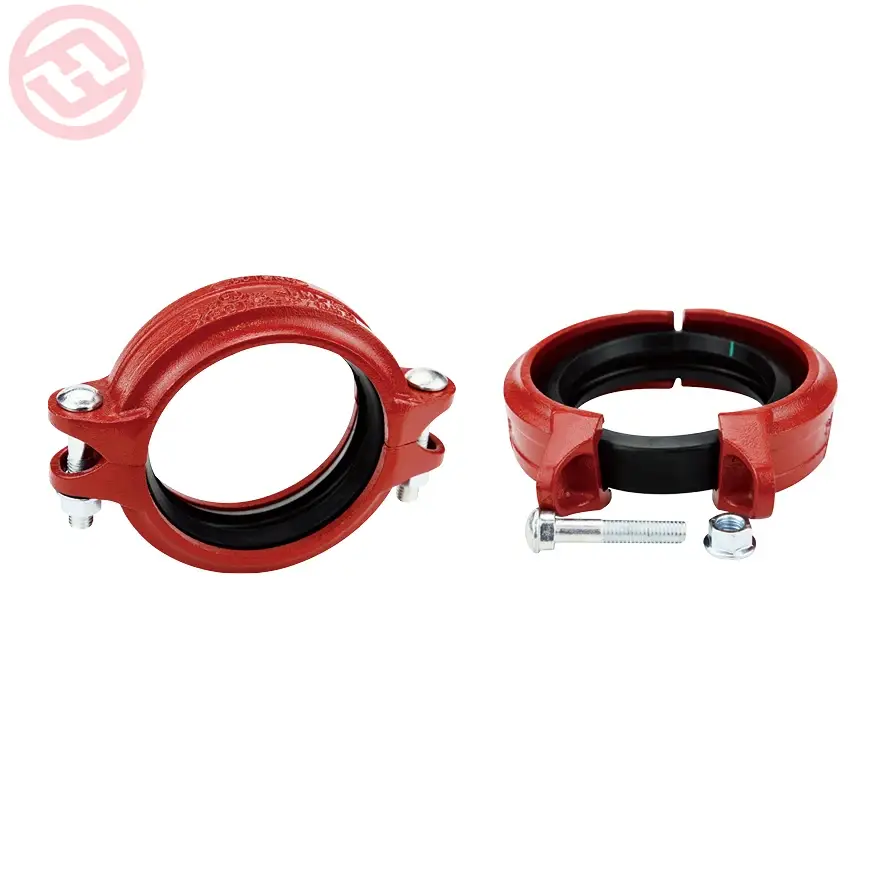Testing the integrity of a grooved joint is essential to ensure its reliability and performance in a piping system.
Several methods can be employed to test the integrity of a grooved joint:
- Visual Inspection: Perform a visual inspection of the grooved joint to check for any visible signs of damage, misalignment, or defects. Look for indications such as cracks, gaps, or irregularities in the groove, gasket, and sealing surfaces.
- Pressure Test: Conduct a pressure test on the piping system to verify the integrity of the grooved joint under operating conditions. Pressurize the system to the specified pressure level and monitor for any signs of leakage or pressure drop, indicating a potential issue with the joint.
- Hydrostatic Testing: Hydrostatic testing involves filling the piping system with water and pressurizing it to a predetermined level. This test helps identify any leaks or weaknesses in the grooved joint by subjecting it to hydraulic pressure.
- Pneumatic Testing: Pneumatic testing utilizes compressed air or gas to pressurize the piping system. Similar to hydrostatic testing, pneumatic testing helps detect leaks or deficiencies in the grooved joint by applying pressure to the system.
- Ultrasound Testing: Ultrasound testing involves using ultrasonic waves to detect flaws or defects in the grooved joint, such as cracks or voids, grooved joint by analyzing changes in the ultrasonic signals reflected from the joint.
- Dye Penetrant Testing: Dye penetrant testing is a non-destructive testing method that involves applying a colored dye to the surface of the grooved joint and then inspecting it for any signs of dye penetration, indicating the presence of cracks or defects.
- Visual Liquid Penetrant Testing: Visual liquid penetrant testing is another non-destructive testing method that involves applying a liquid penetrant to the surface of the grooved joint and then inspecting it under ultraviolet light to detect any signs of penetrant fluorescence, indicating the presence of defects.
- Magnetic Particle Testing: Magnetic particle testing is a non-destructive testing method that involves magnetizing the grooved joint and then applying magnetic particles to the surface. Any discontinuities or defects in the joint will cause the magnetic particles to gather, making them visible under ultraviolet light or a magnetic field indicator.
- Leak Detection Solution: Apply a leak detection solution or soapy water to the grooved joint and observe for any bubbles that may form, indicating the presence of leaks or gas escaping from the joint.
- Thermal Imaging: Thermal imaging cameras can be used to detect temperature anomalies in the grooved joint, which may indicate the presence of leaks or defects causing fluid loss or heat dissipation.
By employing these testing methods, you can thoroughly assess the integrity of a grooved joint and ensure its reliability and performance in a piping system. The specific testing method(s) chosen will depend on factors such as the type of joint, material, operating conditions, and industry standards or regulations. It’s important to follow established procedures and guidelines for conducting tests and interpreting the results accurately.
